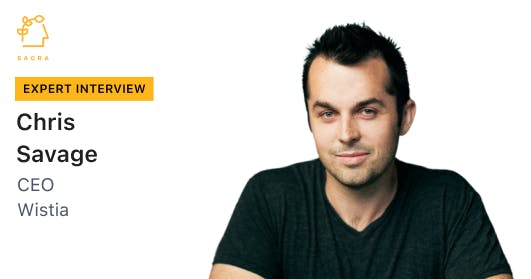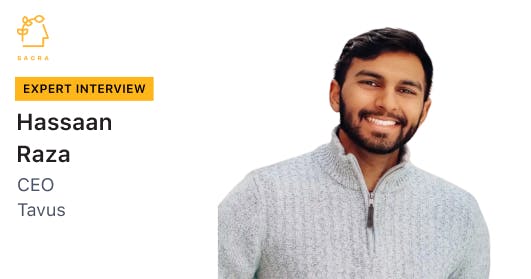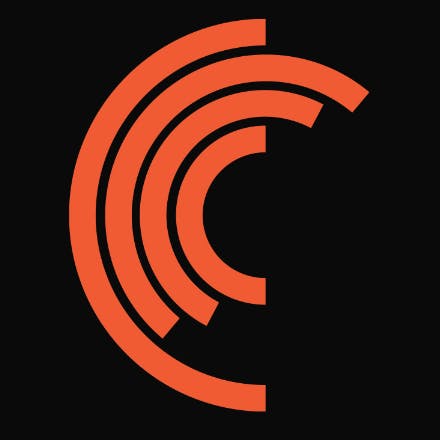Video scarcity to video abundance
 Jan-Erik Asplund
Jan-Erik Asplund
TL;DR: As AI commoditizes video creation features like AI avatars, transcription, and dubbing, AI-native startups like Synthesia are colliding with incumbent platforms like Canva, Vimeo & Wistia around the vision of an all-in-one AI video workflow platform. For more, check out our full reports on Synthesia (dataset), HeyGen (dataset), and Veed (dataset).


Key points via Sacra AI:
- In the video-scarce world of the early 2000s, B2B video platforms like Brightcove (founded 2004, IPO in 2012, taken private by Bending Spoons in 2025), Vimeo (founded 2004, acquired by IAC in 2006, IPO in 2021, taken private by Bending Spoons in 2025), Wistia (founded 2006), and Vidyard (founded 2010, $90.7M raised, OMERS) emerged as SaaS platforms for hosting, streaming, and distributing video but were bottlenecked by the low volume of video given the high cost & specialized nature of video production—with that beginning to change with Loom (founded in 2016, acquired by Atlassian for $975M in 2023), which made it easy to spin up informal video & screenshare videos using the browser and webcam. Just as better cameras & the integrated hardware-software platform of the iPhone unlocked B2C networks like Snapchat & Instagram, the maturation of WebAssembly & Chrome's WebRTC APIs unlocked real-time video recording in the browser, paving the way for B2B video apps for marketing (Canva), sales (Drift) and communications (Loom).
- Starting with COVID circa 2020-2022, two trends put every person in front of the camera and drove mass acceptance of low-fi video: (1) remote work, which turned Zoom & Google Meets into core communication channels and (2) short-form vertical video in algorithmic feeds via TikTok (launched September 2017), Instagram Reels (launched August 2020), and YouTube Shorts (launched September 2020). The length of the average marketing video dropped from 168 seconds in 2016 to 76 seconds by 2023, with a bimodal content approach emerging for businesses to simultaneously invest in high-production long-form content (webinars, product demos) while flooding channels with scrappier short-form clips, with companies tripling output from less than 1 video per week in 2022 to ~3 per week by 2024.
- As AI video avatar startups like Synthesia ($146M ARR in September 2025) and HeyGen ($95M ARR in September 2025) exploded in 2023, B2B video went from scarce to incredibly abundant with AI platforms monetizing high-velocity video creation via consumption-based credits rather than slower build expansion mechanics like storage and bandwidth albeit at a lower gross margin. By collapsing video production costs to ~$30 from ~$10,000 and delivering in minutes rather than weeks, AI avatars found rapid product-market fit in video—first with low-stakes internal use cases like HR onboarding & compliance training, and then in customer-facing use cases like personalized sales outreach & marketing campaigns.
- Commoditizing AI features like AI video avatars (Tavus), AI transcription & editing (Deepgram), AI dubbing (ElevenLabs ($200M ARR)) and AI auto-cropping (Sieve), developer API companies helped incumbent platforms like Canva ($3.3B ARR in August 2025), Vimeo, Wistia, Vidyard, Descript ($55M ARR in August 2025) & VEED (founded in 2018, $45M ARR in October 2024) compete with AI-native companies and quickly incorporate AI features into their all-in-ones. Across B2B and consumer, creative AI tools are enabling teams to create net new video & add soundtracks via vertically integrated text-to-video models with generation front-ends (OpenAI's Sora, Runway at $90M ARR, Midjourney), marketplaces for access to open-source and stylized video models (Higgsfield, OpenArt, Fal.ai), and AI music generators (Suno, Udio).
- Colliding on the vision of an all-in-one AI video platform, AI-native companies like Synthesia have built out hosting, analytics, lead capture, and publishing to match incumbents' marketing workflow features, reducing churn that comes from moment-in-time video creation and driving recurring subscription revenue over time via hosting & embedding from the video assets created on the platform. Rather than compete purely on horizontal AI feature completeness, Canva incorporates some AI features natively while surfacing a long tail of capabilities through its plugin marketplace (e.g., HeyGen avatars), HeyGen has gone deeper on interactive AI avatars and its developer API, and vertical-specific AI video tools target specific workflows like Mirage ($100M raised, Sequoia & A16Z) for vertical social clips, Velvet ($1.3M seed, HubSpot Ventures) for product launch videos, Kite for screen recordings with AI voiceovers (YC S23), and Icon for AI ads.
For more, check out this other research from our platform:
- Synthesia (dataset)
- HeyGen (dataset)
- Veed (dataset)
- ElevenLabs (dataset)
- Canva (dataset)
- Descript (dataset)
- Hassaan Raza, CEO of Tavus, on building the AI avatar developer platform
- Chris Savage, CEO of Wistia, on the economics of AI avatars
- Coco Mao, CEO of OpenArt, on building the TikTok for AI video
- AI talking heads growing 1024%
- Mux: the AWS of video
- How AI is transforming B2B SaaS
- Adam Brown, co-founder of Mux, on the future of video infrastructure
- Runway vs. OpenAI
- Lenny Bogdonoff, co-founder and CTO of Milk Video, on the video infrastructure value chain
- Ben Ruedlinger, CINO at Wistia, on the video hosting infrastructure stack
- Len Markidan, CMO at Podia, on the future of business video
- Cristóbal Valenzuela, CEO of Runway, on the state of generative AI in video












